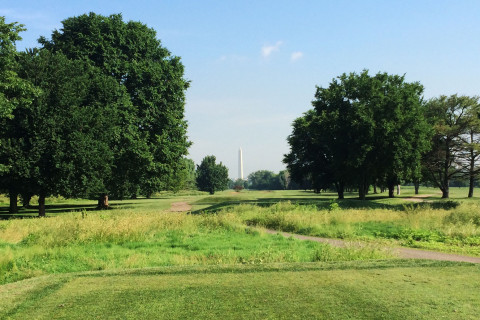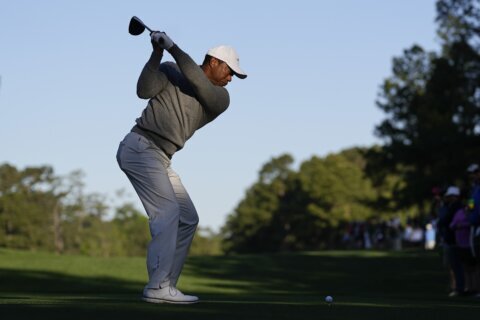ALDIE, Va. — We don’t generally do private golf courses here on Playing Through. It takes a special exception, such as an opportunity to get a firsthand look at a local PGA tournament course. There are very few people who could sway us to come to a private course.
Jack Nicklaus is one of those people.
So when we had a chance to catch up with him after he hosted the 2018 Creighton Farms Invitational charity tournament — which raised a record $1.43 million for the Nicklaus Children’s Health Care Foundation and the National PKU Alliance — we jumped at the opportunity.
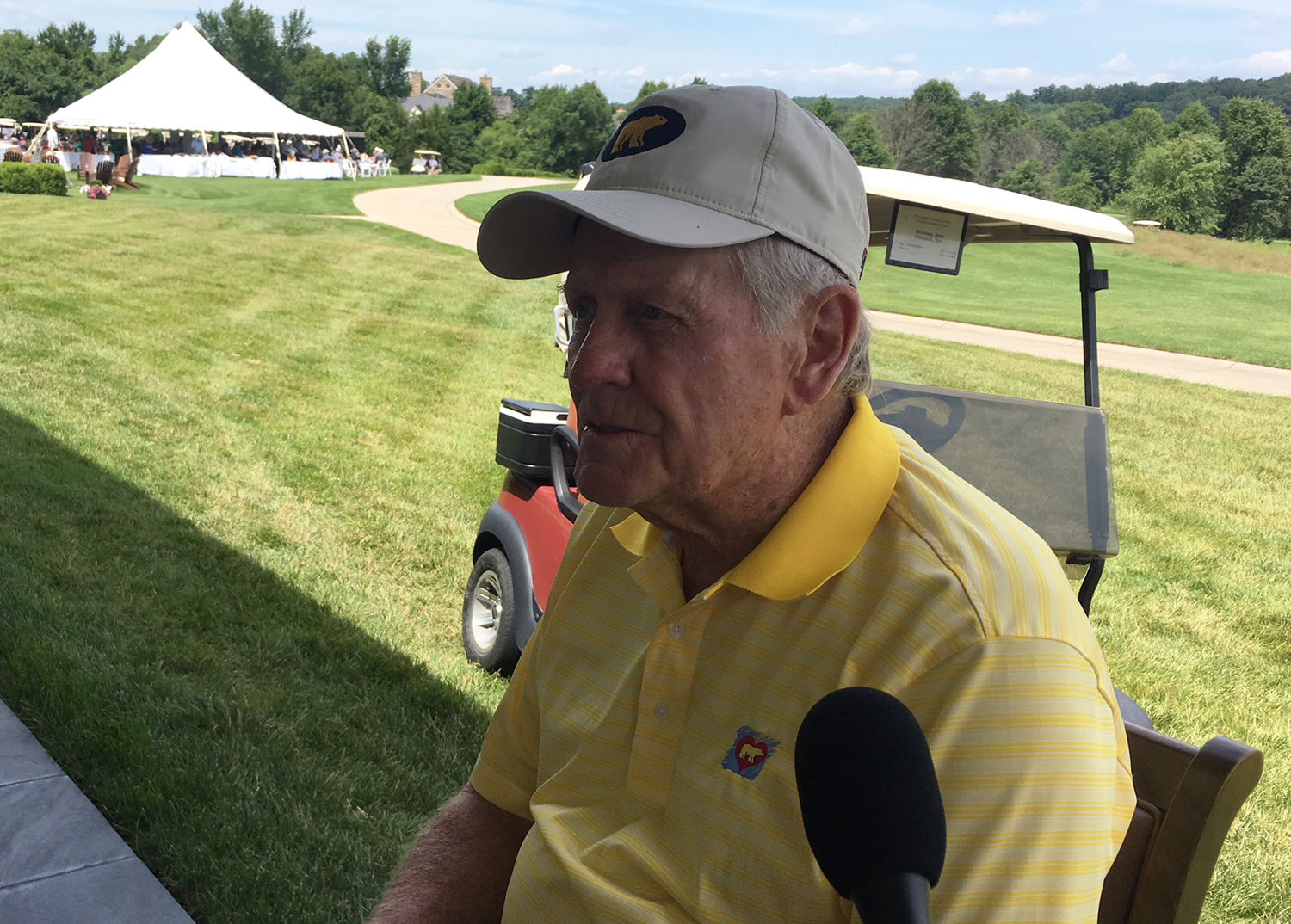
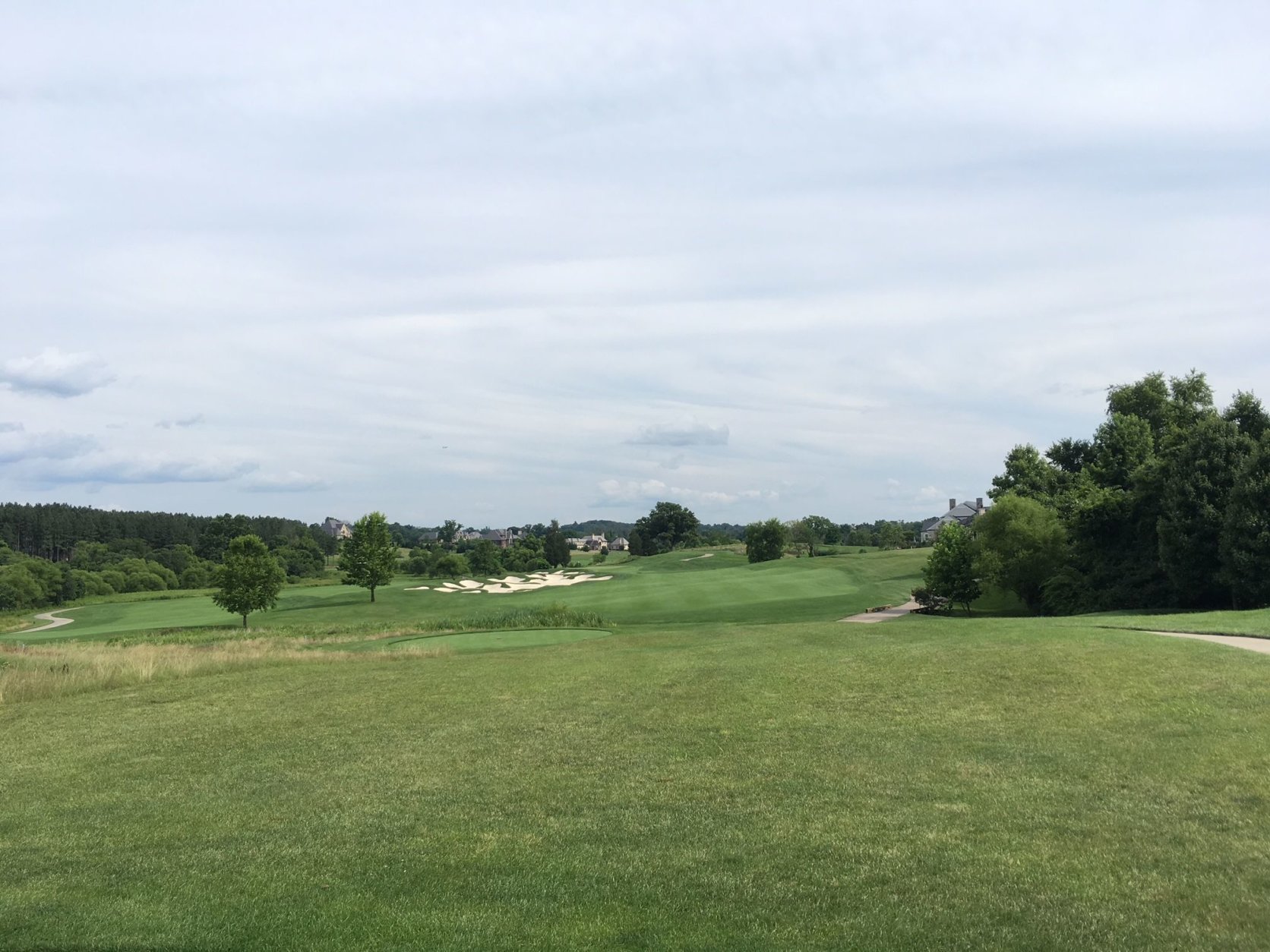
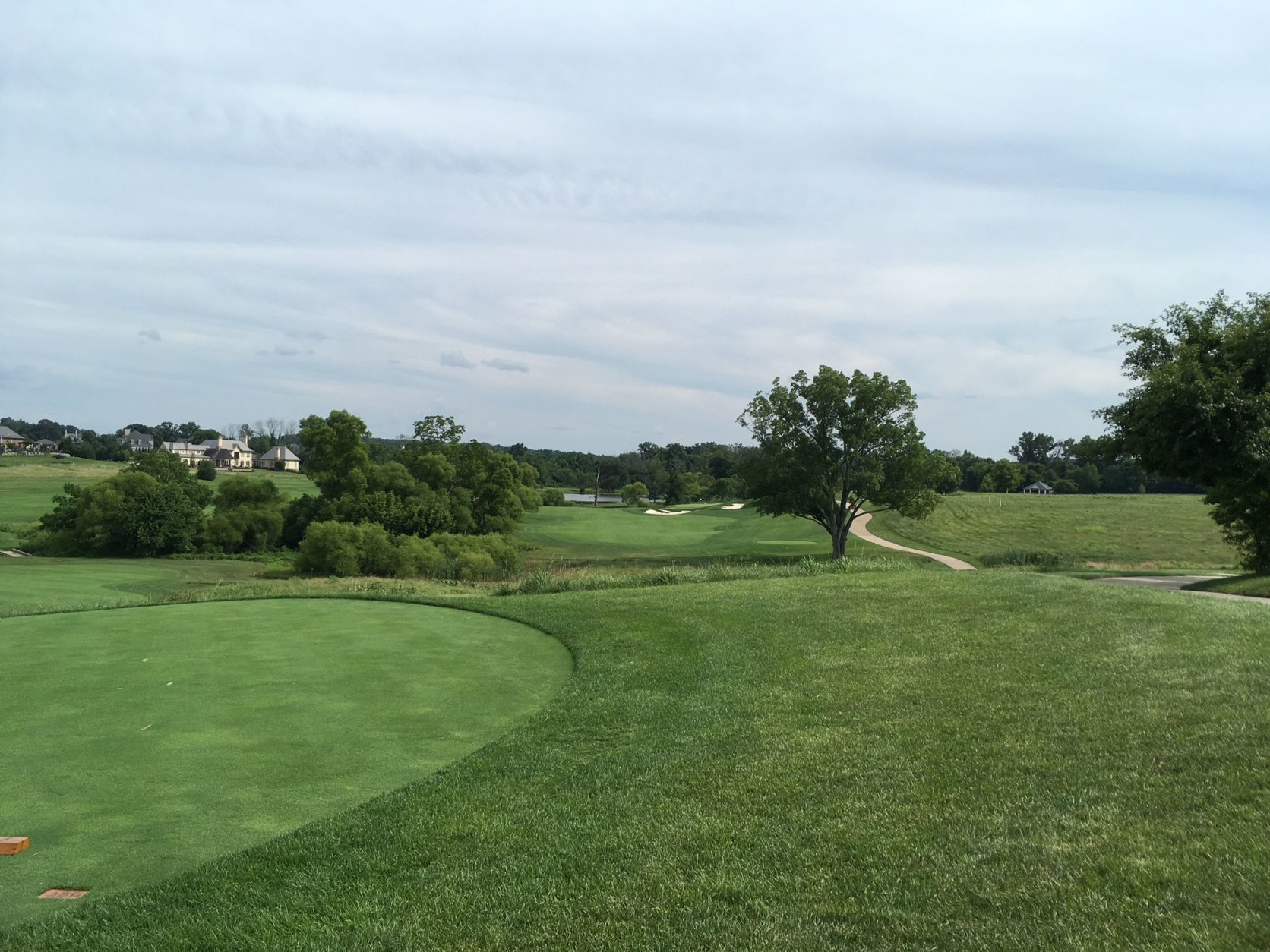
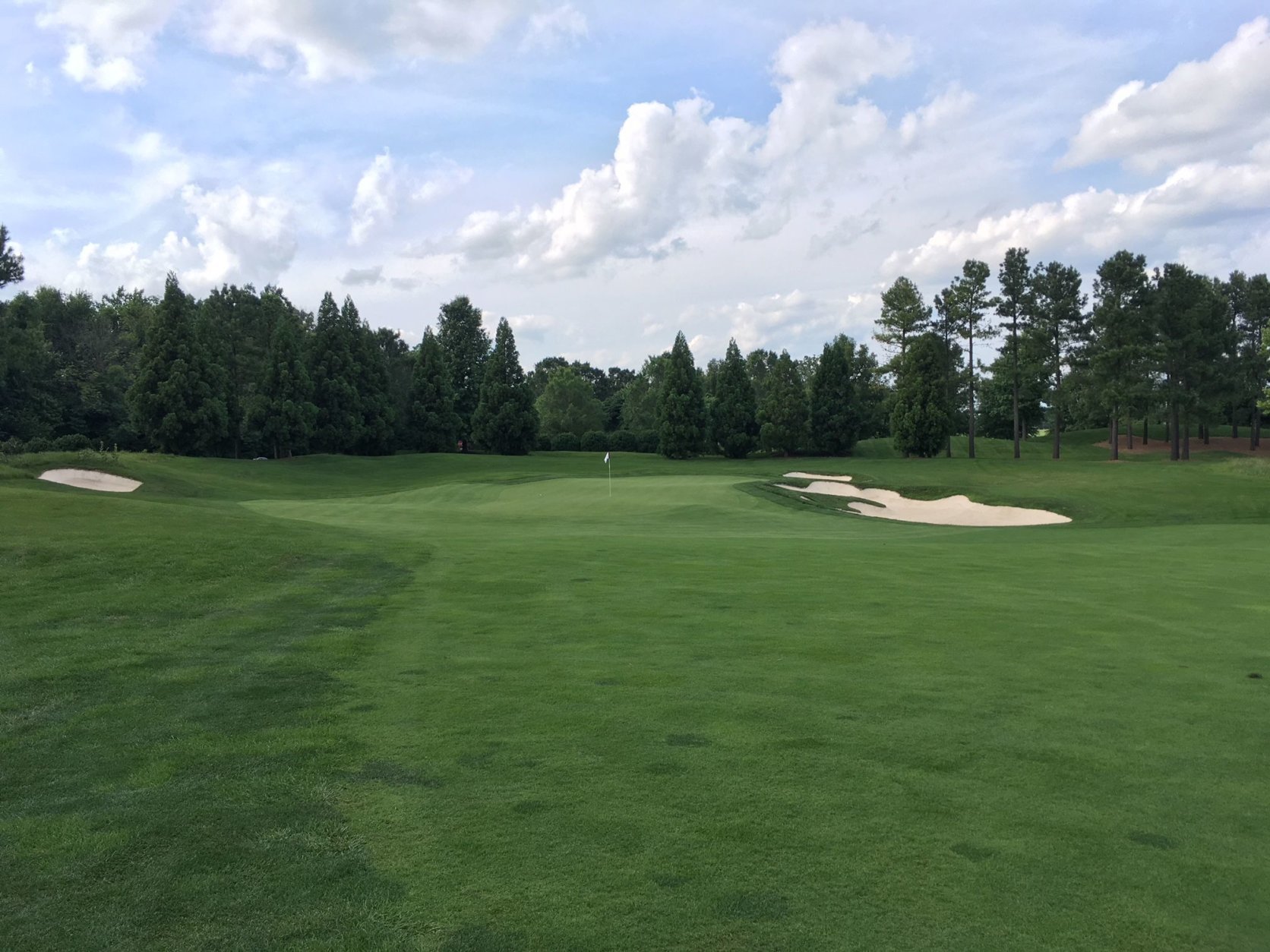
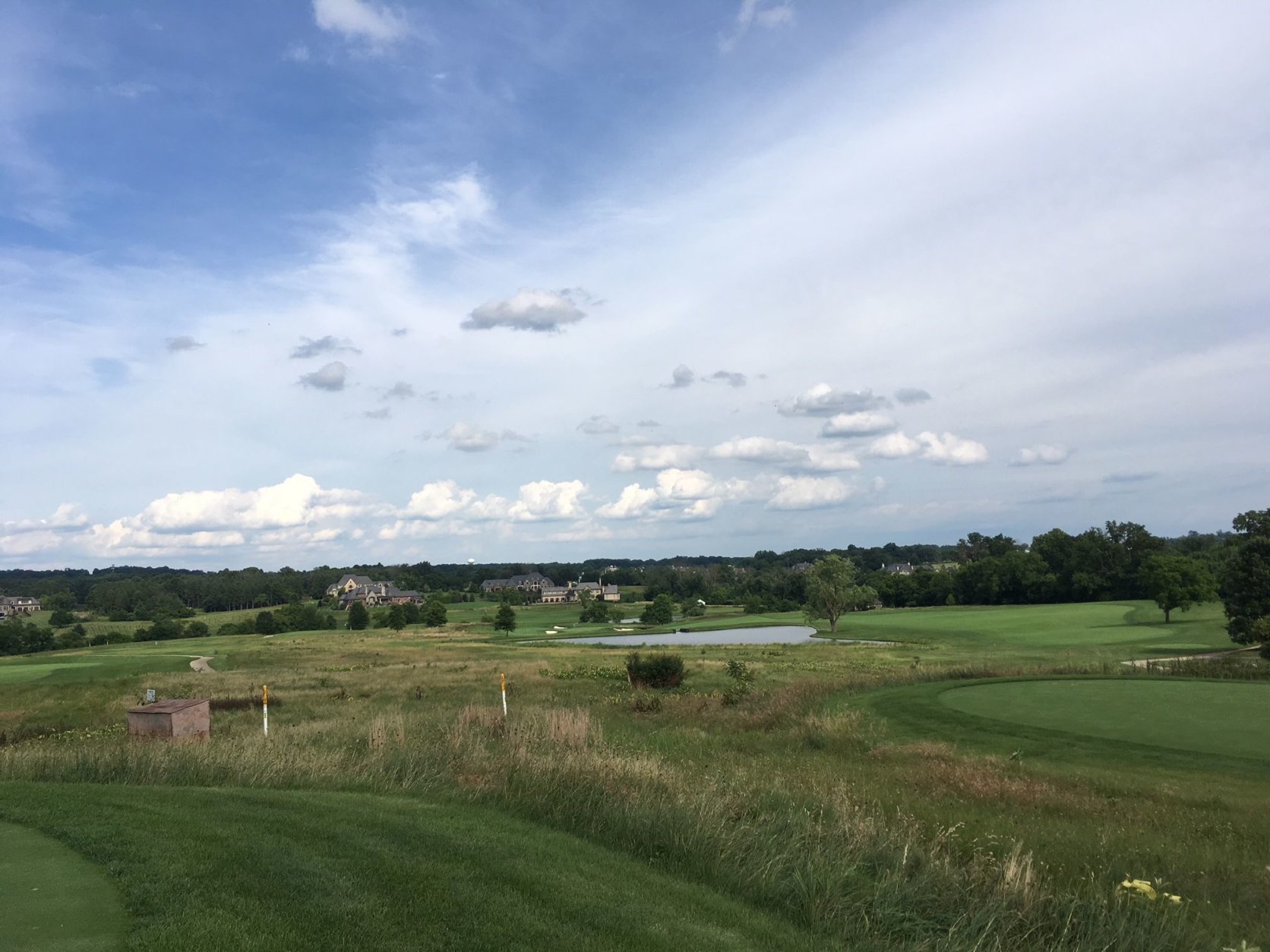
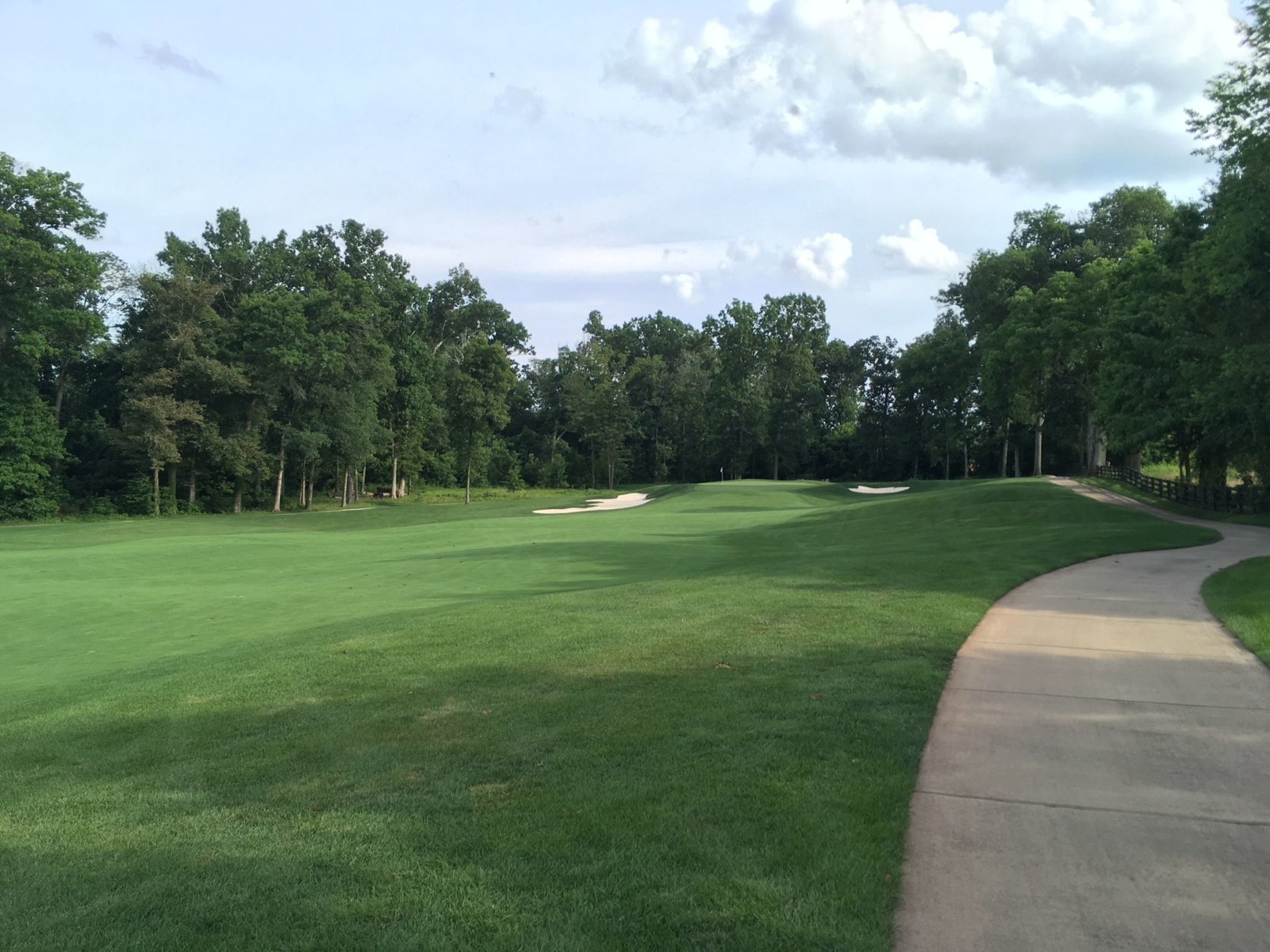
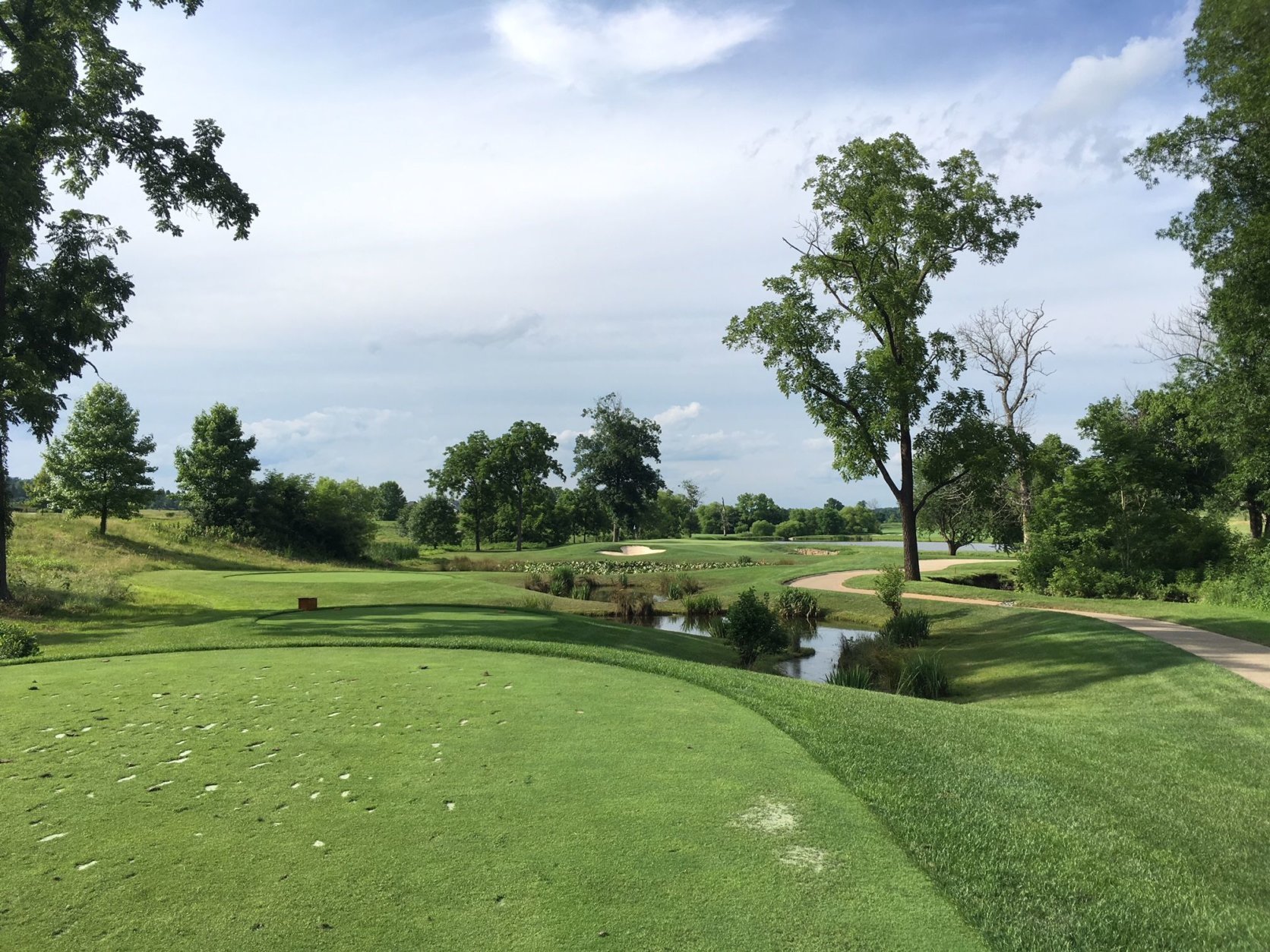
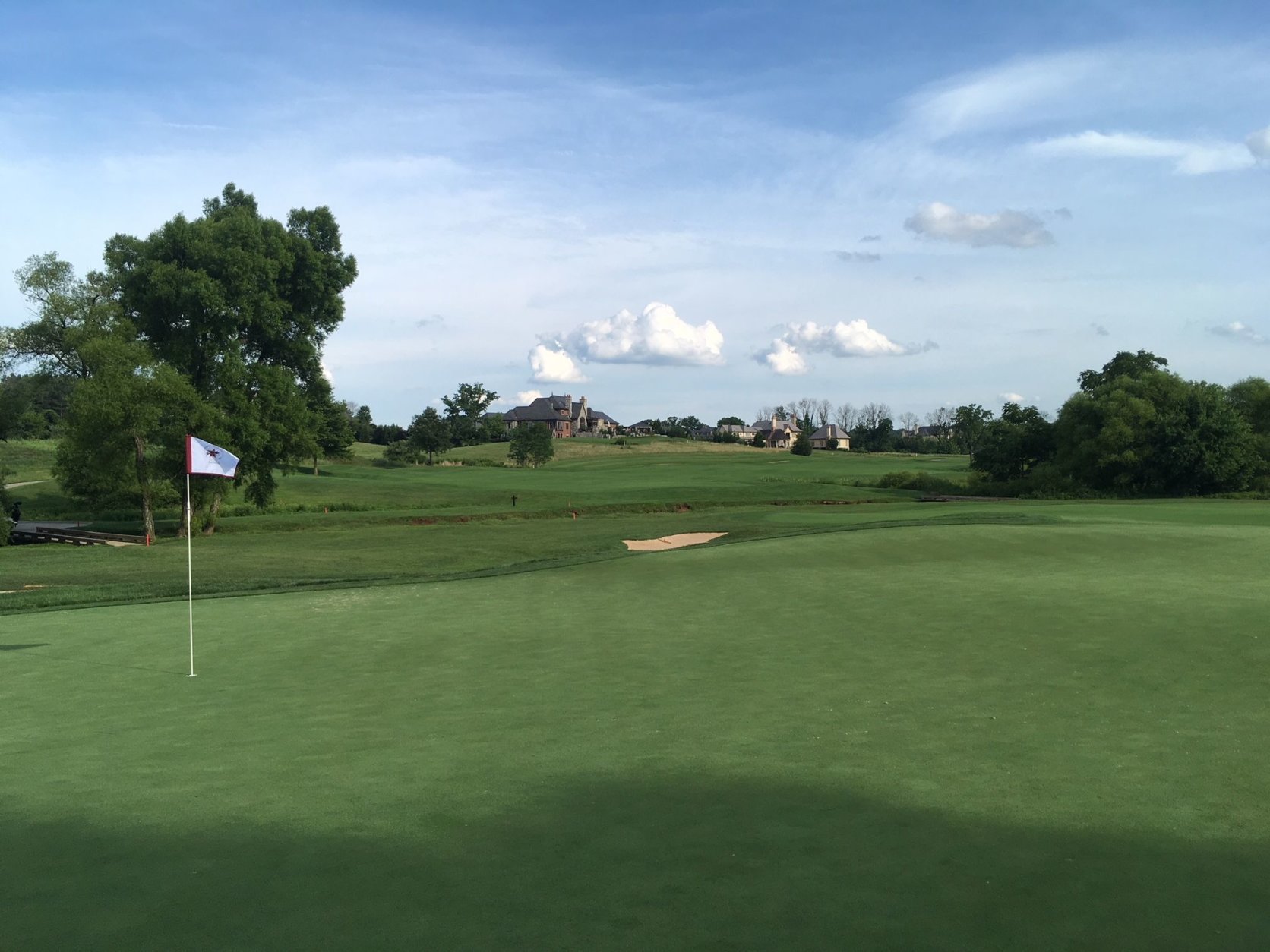
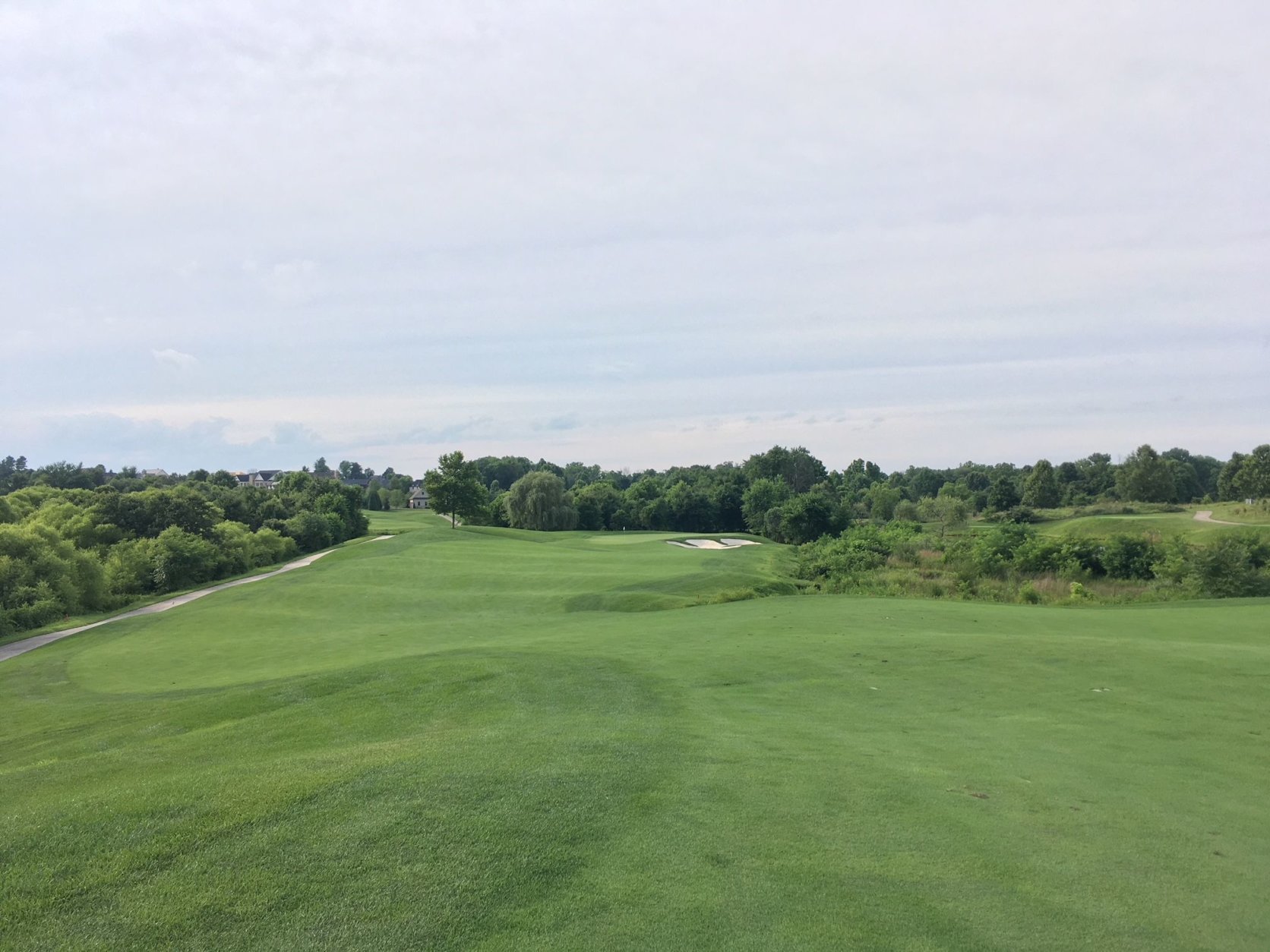
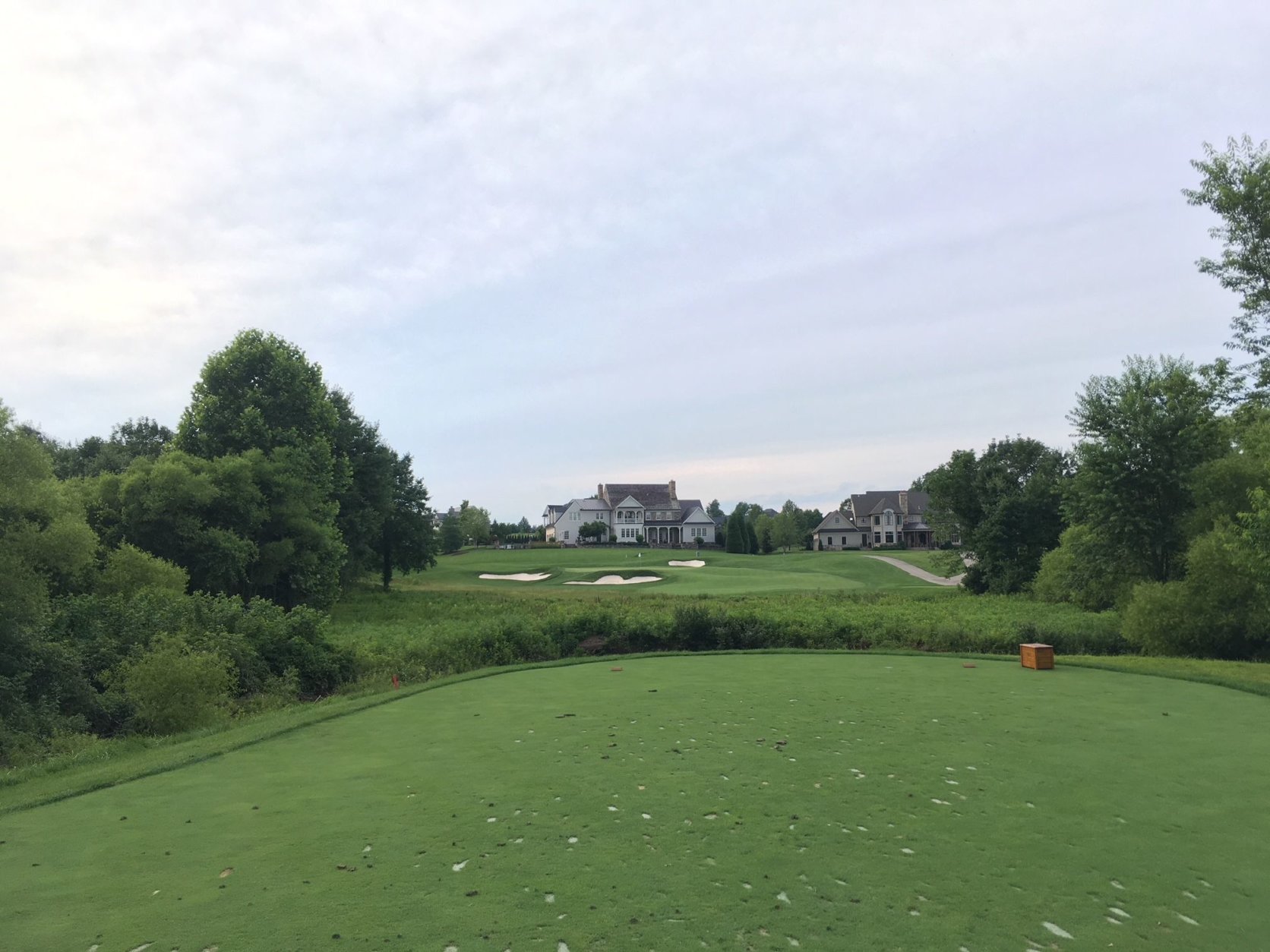
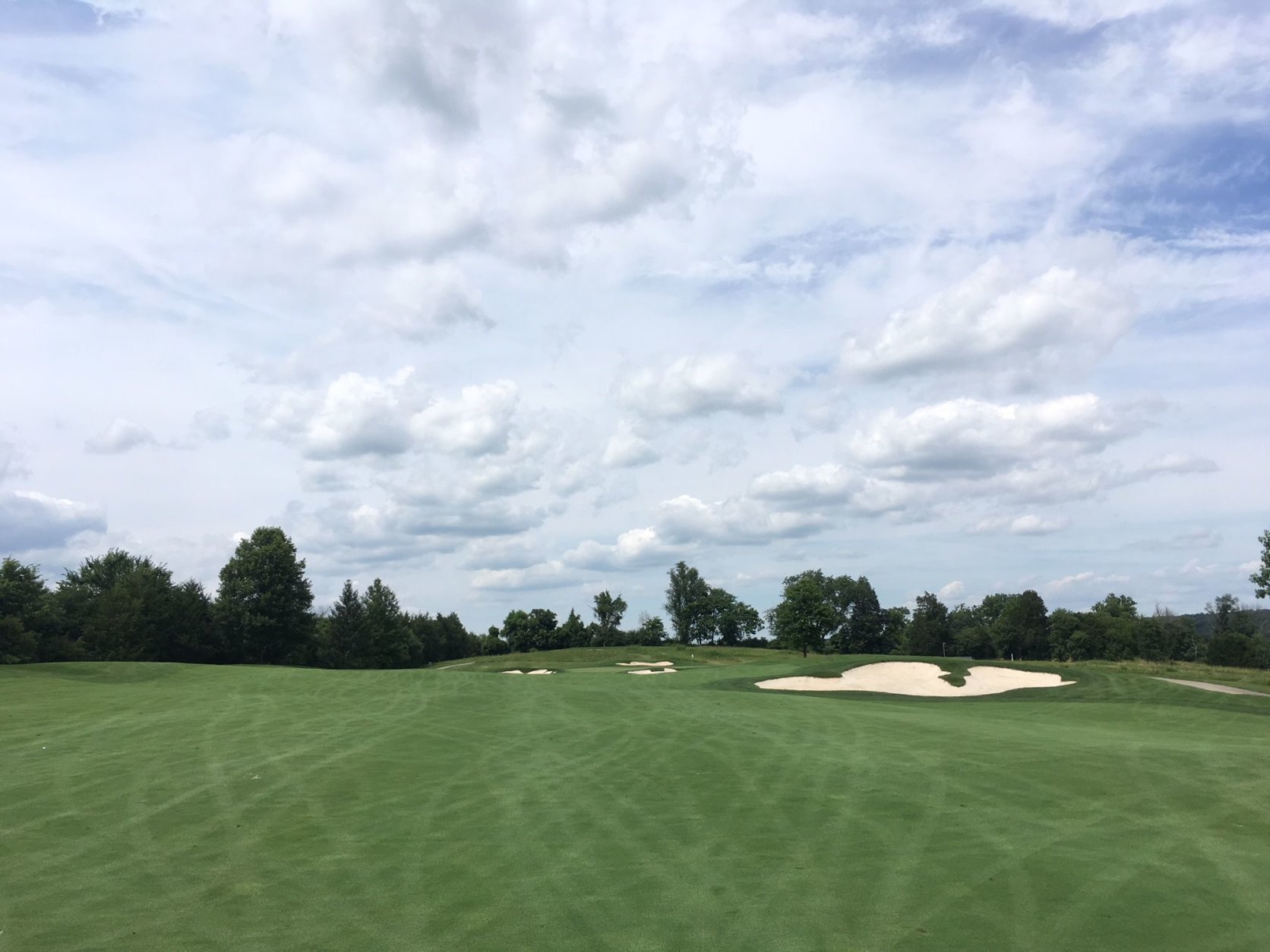

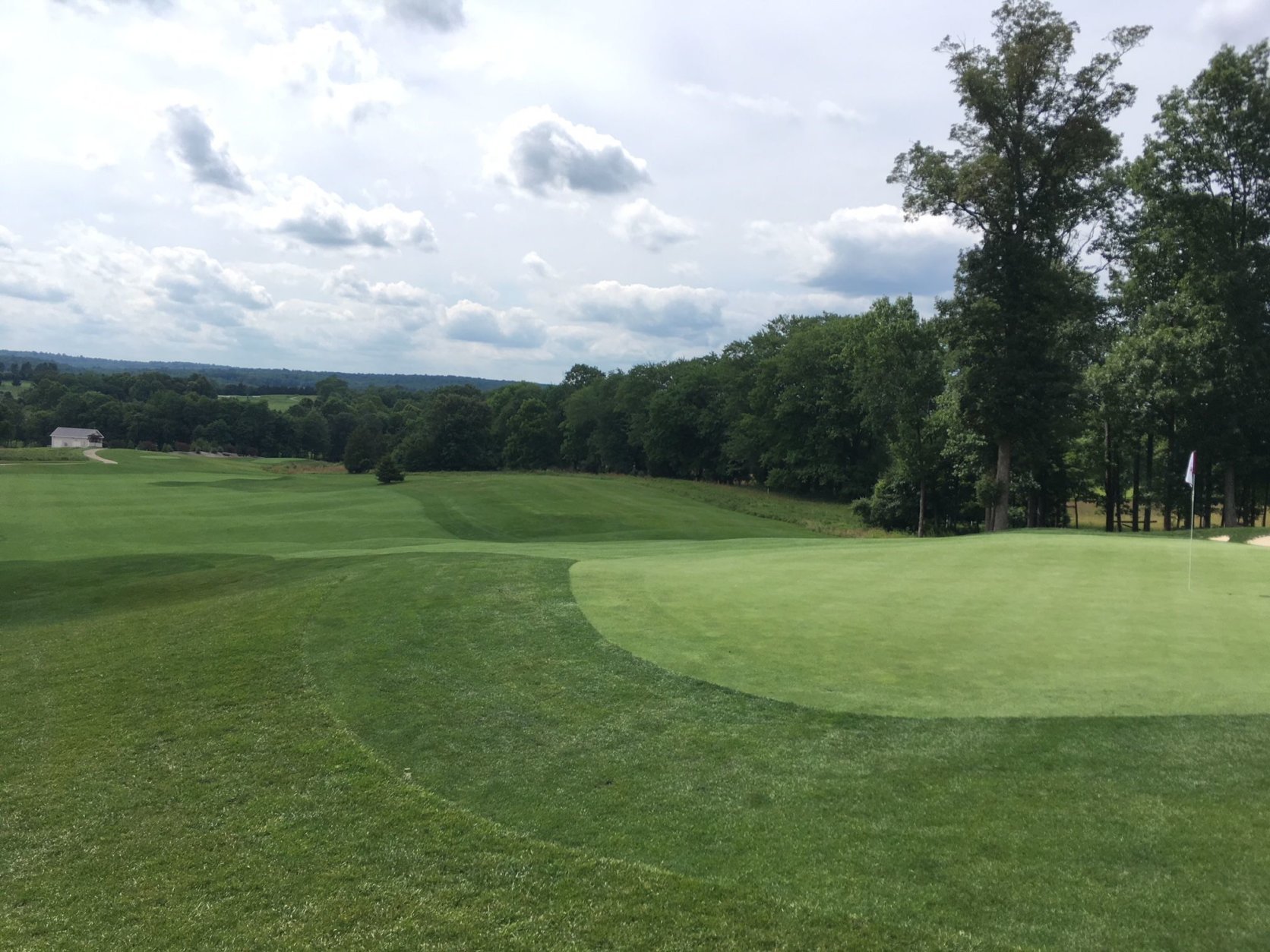
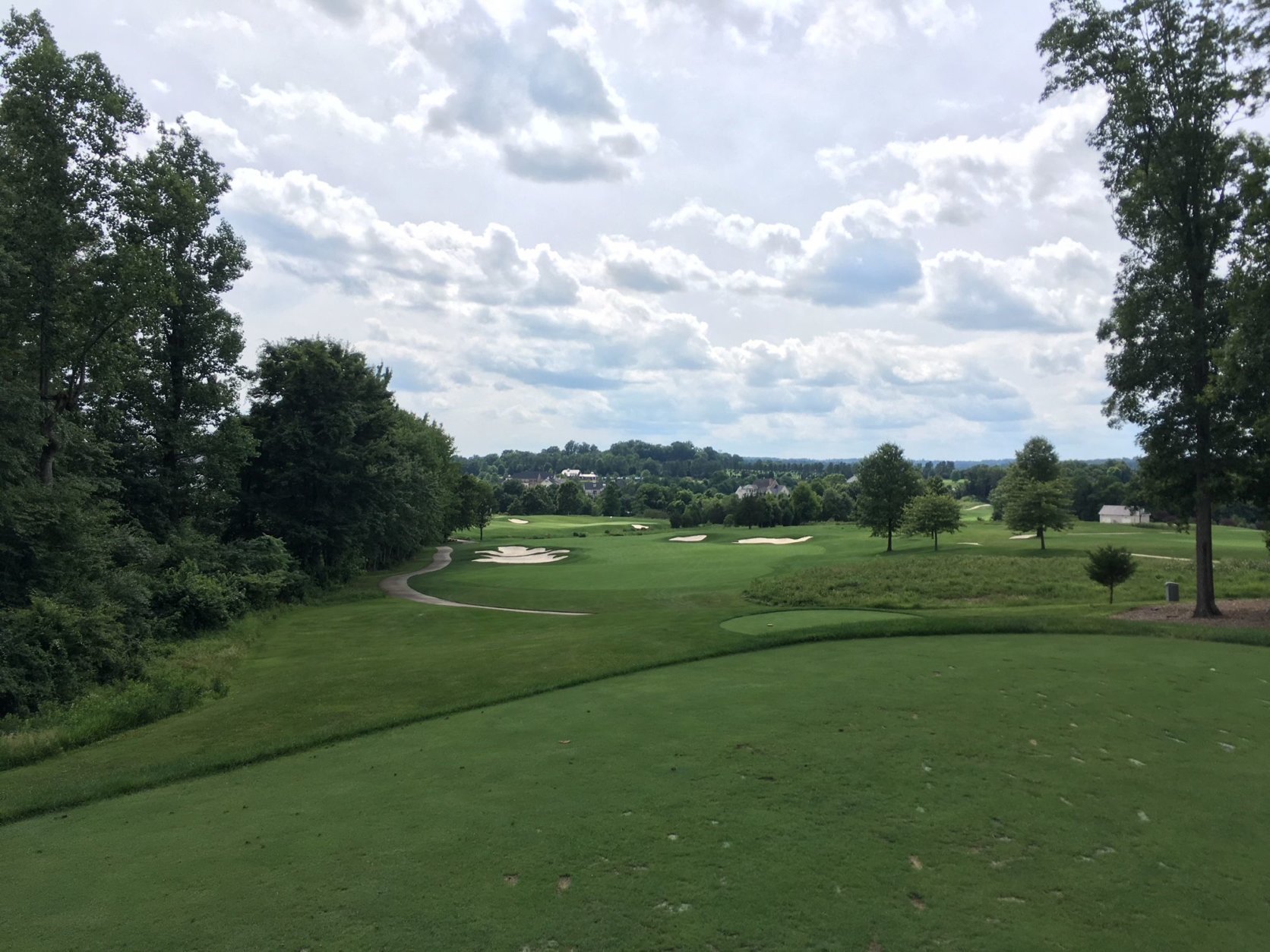

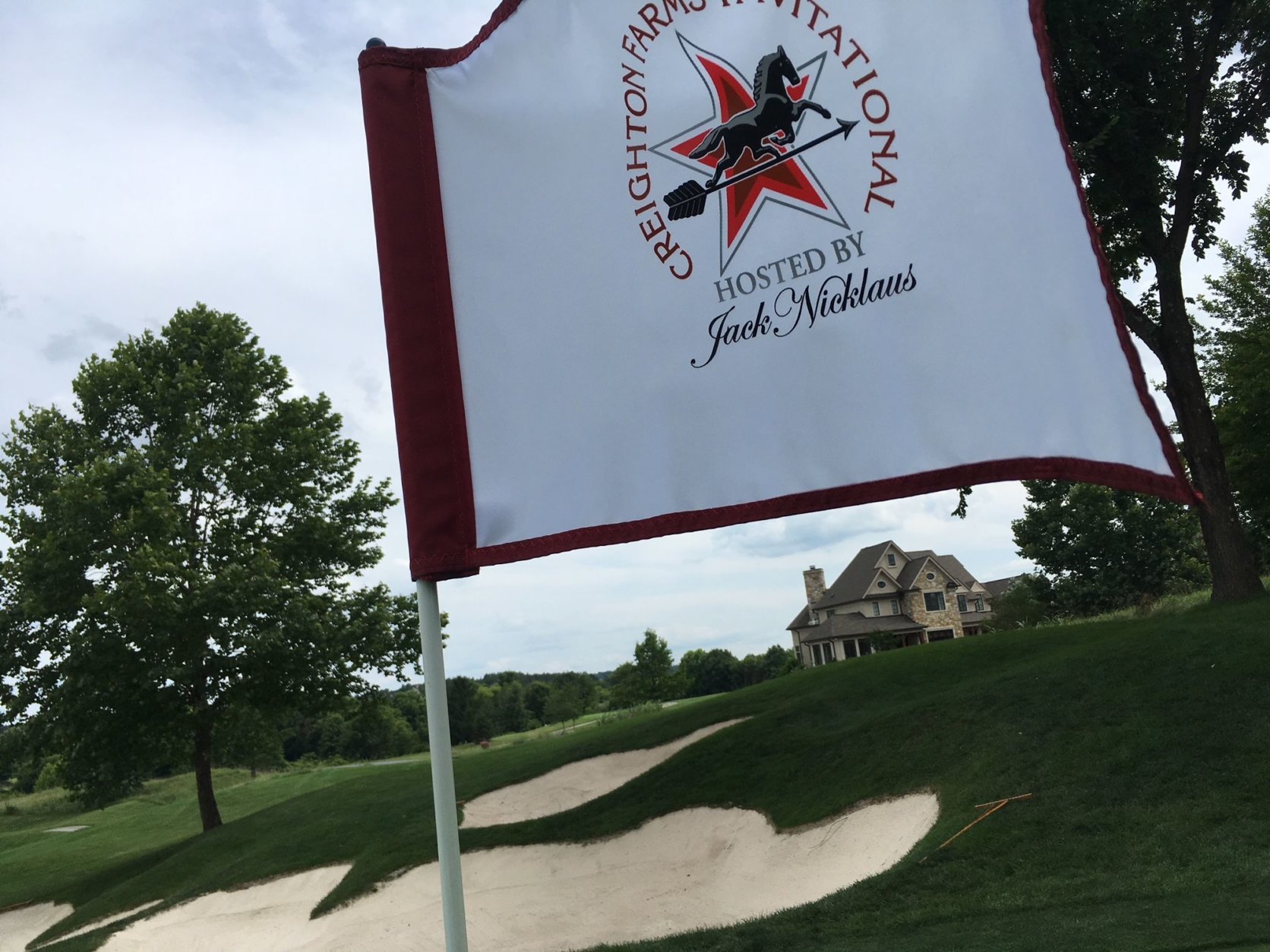
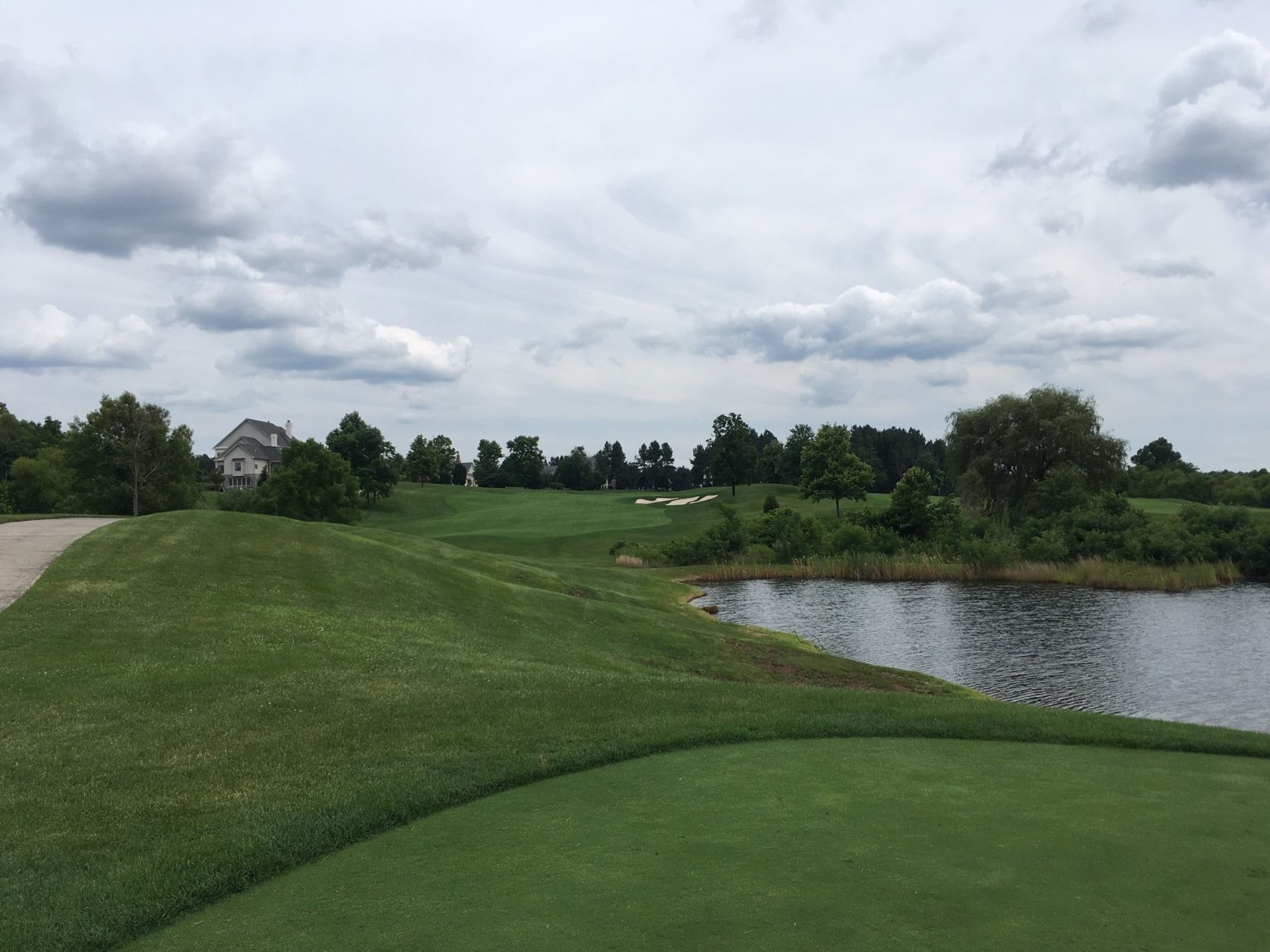
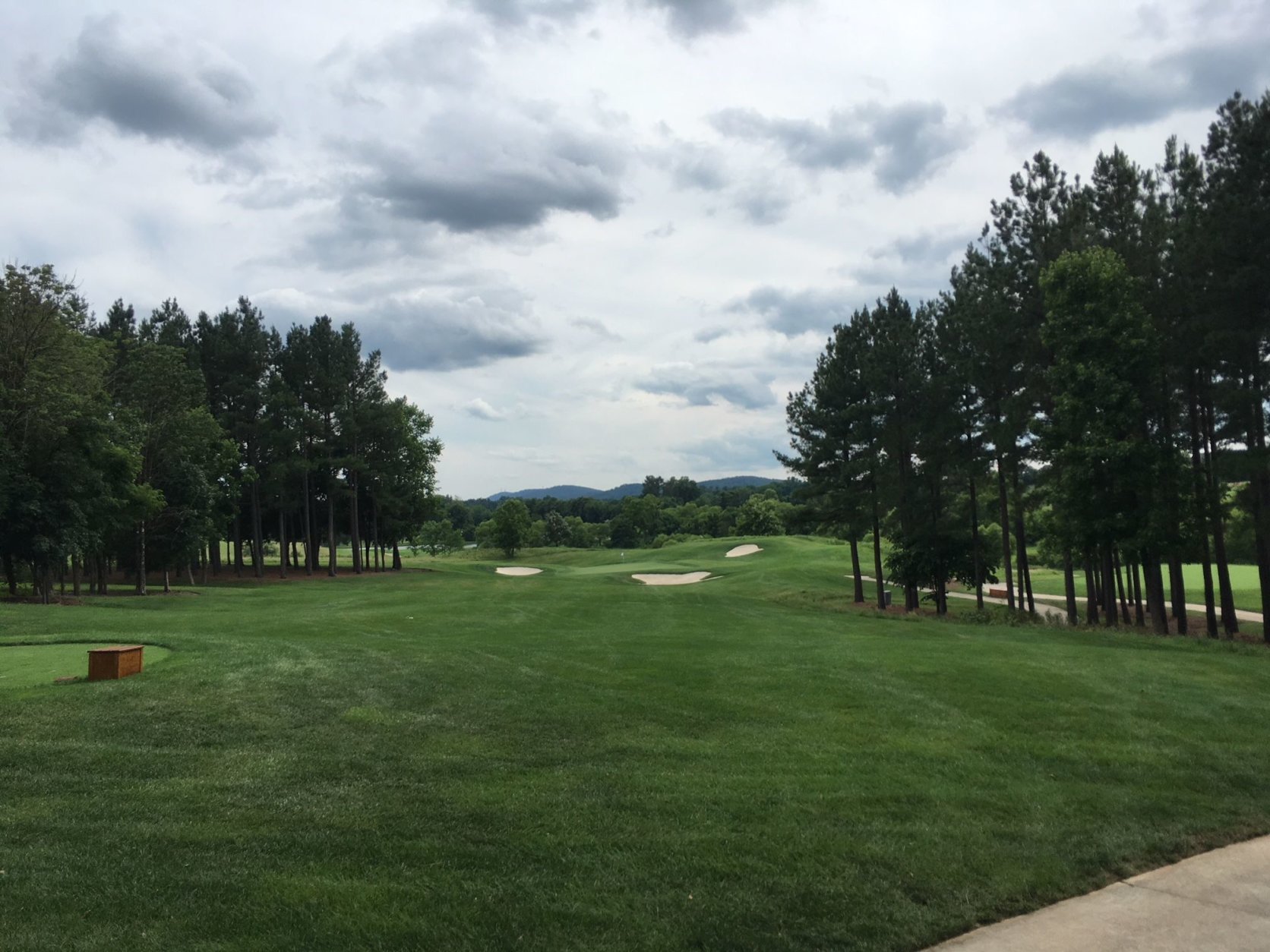
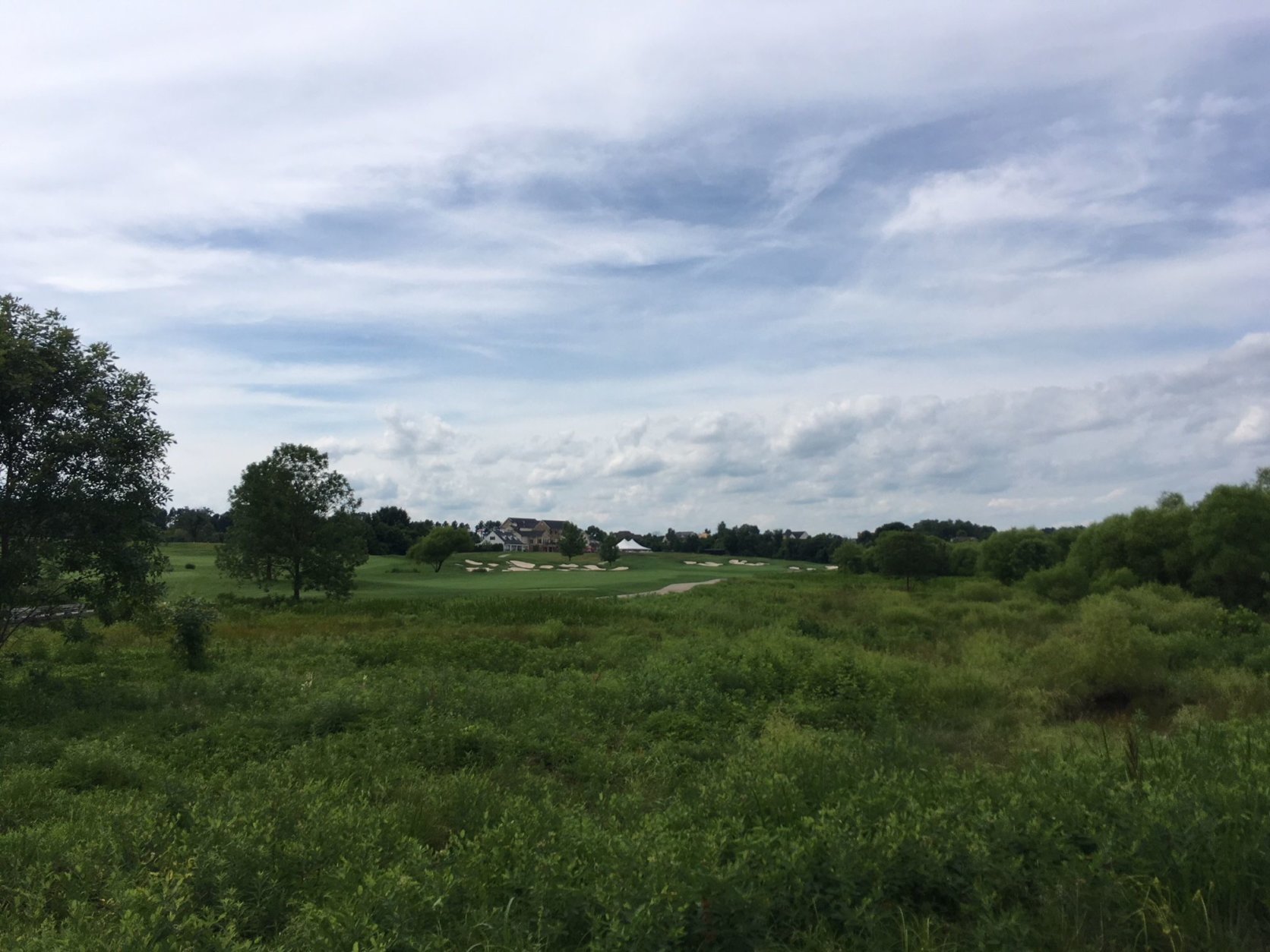
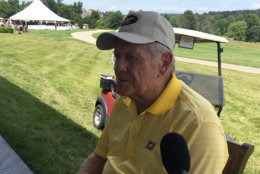
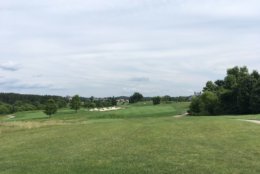
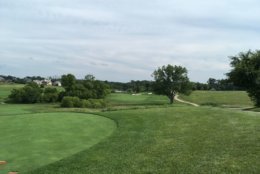
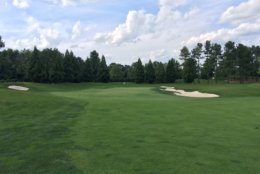
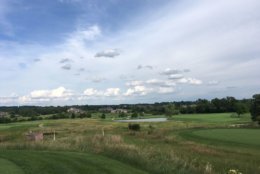
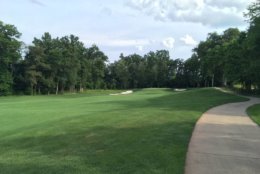

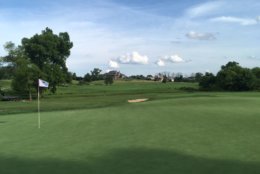
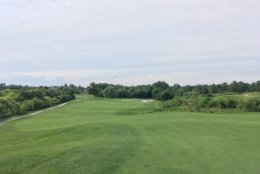
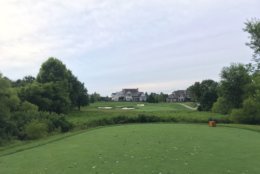
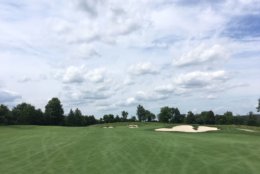
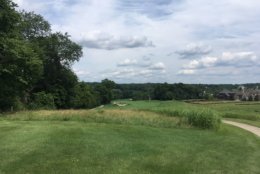
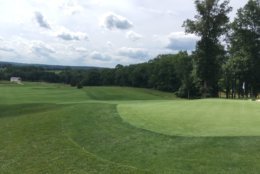
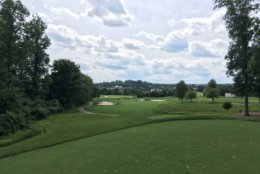
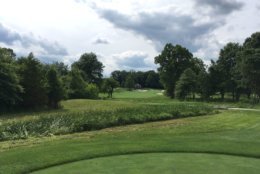

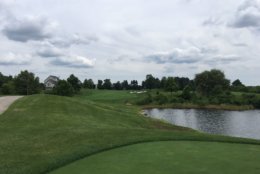
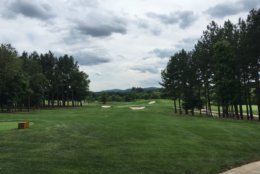
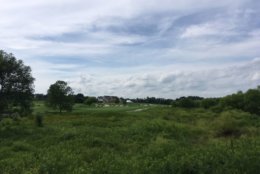
Now, to be clear, we didn’t actually get to play the course with the Golden Bear. That opportunity was reserved for those who actually played in the tournament, which included MLB legend Roger Clemens and former Ryder Cup Captain Darren Clarke. But we got a chance to catch up with Nicklaus before playing the course he designed, which opened back in 2007.
Creighton Farms sits just north of the intersection of Highway 50 and U.S. 15, closer to the tip of West Virginia than to Washington. It’s on a fairly large spread of land, with moderate elevation change and plenty of natural features. But all right, we’ve said enough. Let’s hear what Jack has to say.
“I think the piece of property always differentiates what you do,” he told WTOP. “If you’ve got half a brain, you try to design to what the property is. I always try to do that. Some properties don’t give you enough and you have to create a little bit. But this property gave us pretty much everything that’s here. So we had to basically find the golf course, put it here, and make sure it fit into the property and worked. And it works quite well here.”
If anything stands out right away, it’s the bunkers, especially the ornate trap on the left side of the opening hole. For a course that doesn’t have too many dramatic twists or turns (other than the third hole … more on that in a minute), the bunkers play perhaps the largest role of any hazard. The sprawling trap on the opener is something of a foreshadowing for that.
“There’s a fair number of bunkers here, because there really wasn’t a lot out in the open areas,” said Nicklaus. “The wetlands down below sort of dictated a lot of the play we had through that area, so you didn’t have to do a whole lot of other stuff. There wasn’t a lot of major trees on the golf course you had to play through. We sort of stayed away from that.”
As far as trends go, the course doesn’t really follow any single one. It’s not notably narrow or wide, short or long. The greens provide a challenge, but are not overly intricate in their design. The biggest thing is that you have to think — to really consider what you want to do and execute it — to score well.
“Creighton Farms is just a really good, solid golf course. I wasn’t trying to build a golf course for the U.S. Open. I wasn’t trying to design a golf course for everybody to shoot 60 on, either. I was trying to get a nice middle-of-the-road golf course for people to enjoy,” said Nicklaus.
As for a signature hole, well, the Golden Bear threw a wet blanket on that one.
“I always say 18,” he said, not meaning the closing hole, but all of them. “They didn’t hire me to do a signature golf hole, they asked me to do 18 signature golf holes … I’m sure there’s one or two holes out there that might be special for people, but for me, they’re all pretty special.”
Fair enough. But we still picked one.
For more information about the Creighton Farms Invitational, visit nchcf.org.

